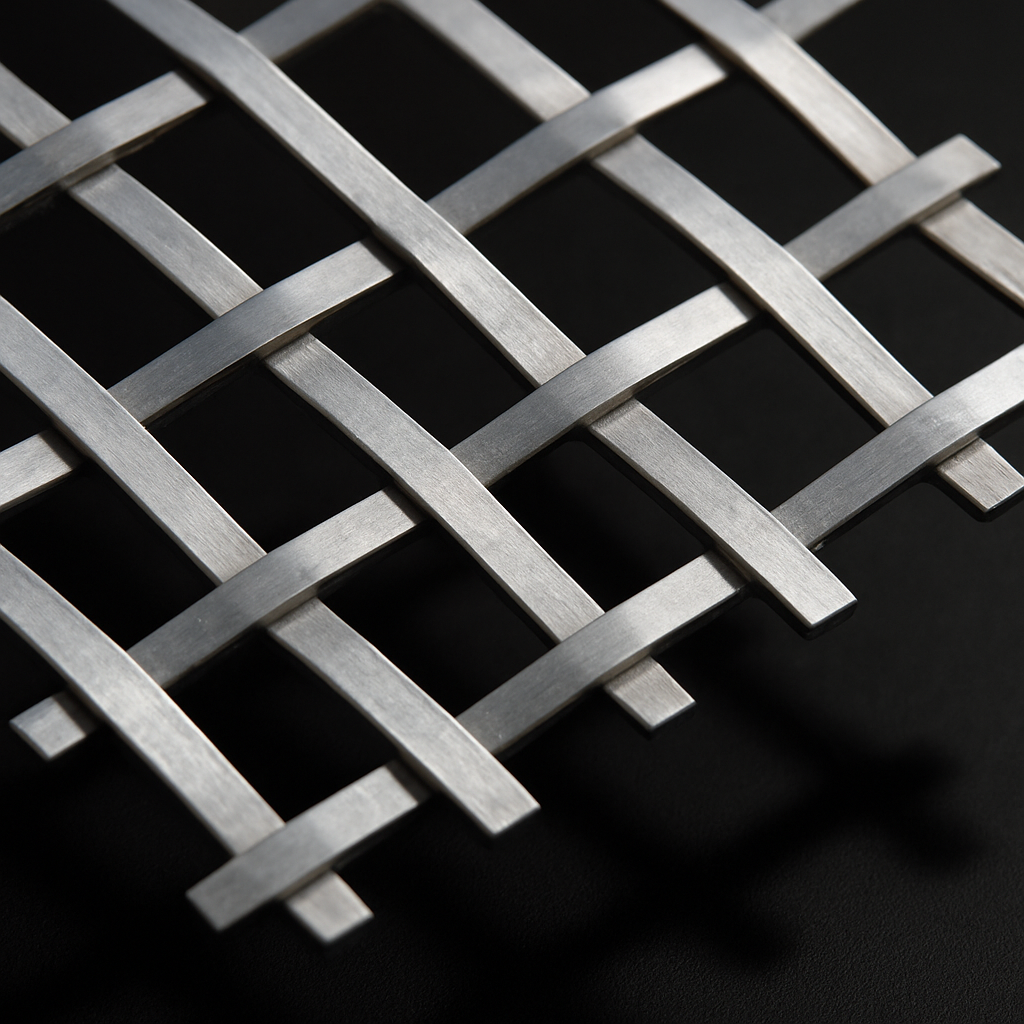








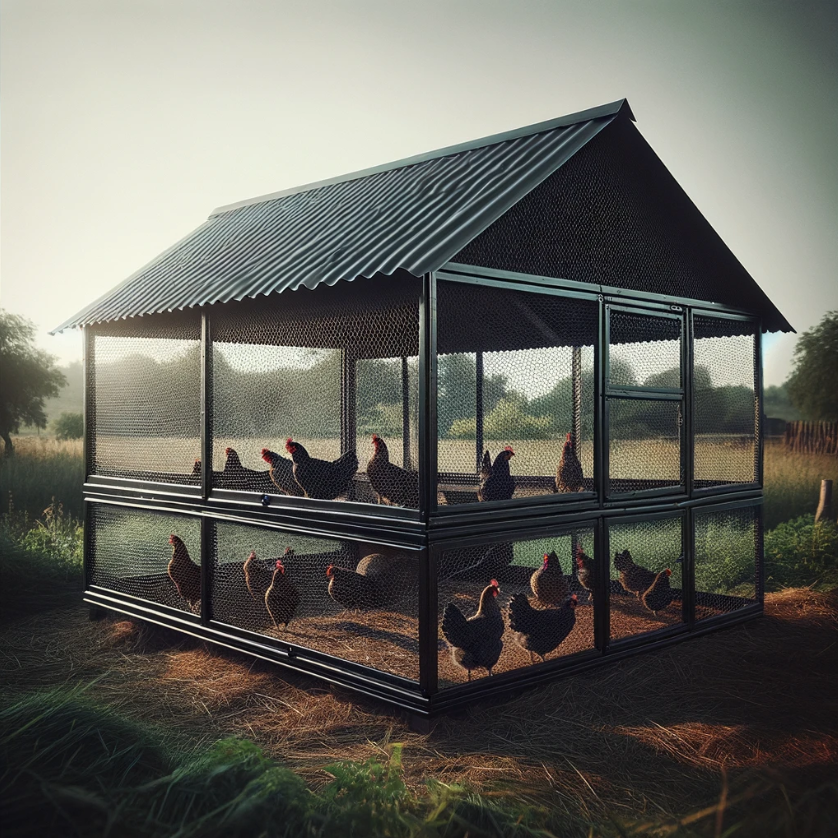
With gardening and property management, creating barriers that are both effective and aesthetically pleasing can be a challenge.
Traditional fences can be intrusive and often detract from the natural beauty of the outdoors. This is where ‘blackout chicken mesh‘ comes into play.
This innovative approach to fencing uses a simple technique: painting chicken mesh black to make it virtually invisible against a natural background. In this blog post, we’ll dive into why blackout chicken mesh is becoming a popular choice for gardeners and homeowners alike and provide a comprehensive guide on how to implement it effectively.
In order to achieve the blackout effect, ordinary chicken mesh has been painted black and has been masked out. You will need to select galvanised chicken wire as green PVC is already coated and is virtually impossible to paint.
Paint the mesh black in order to reduce its visual impact by blending it seamlessly into the surrounding landscape; this is especially important for areas with dense foliage, dark mulch, or shade in order to reduce the visual impact of the mesh.
As a result, the barrier serves its purpose while maintaining the visual harmony of the space without compromising the functionality of the barrier.
Here’s a table outlining the pros and cons of using blackout chicken mesh:
| Pros | Cons |
|---|---|
| Aesthetic Appeal | Time-Consuming Application |
| Virtually invisible against a natural background, preserving the beauty of the landscape. | Painting the mesh requires preparation and multiple coats for a uniform finish. |
| Cost-Effective | Durability Concerns |
| More affordable than many traditional fencing materials. | Paint may peel or chip over time, requiring touch-ups. |
| Versatile | Installation Effort |
| Suitable for a variety of uses, from garden fencing to supporting plants. | Installation requires careful handling and securing, which can be labor-intensive. |
| Effective Barrier | Regular Maintenance Required |
| Keeps small animals and pests out while allowing air and light to pass through. | Needs periodic inspection and maintenance to ensure integrity and appearance. |
| Environmentally Friendly | Limited to Certain Backgrounds |
| Less visually intrusive, allowing for a more natural integration into the environment. | Best results are achieved only in settings where the black color can blend well with the background. |
To create your own blackout chicken mesh, you’ll need the following materials:
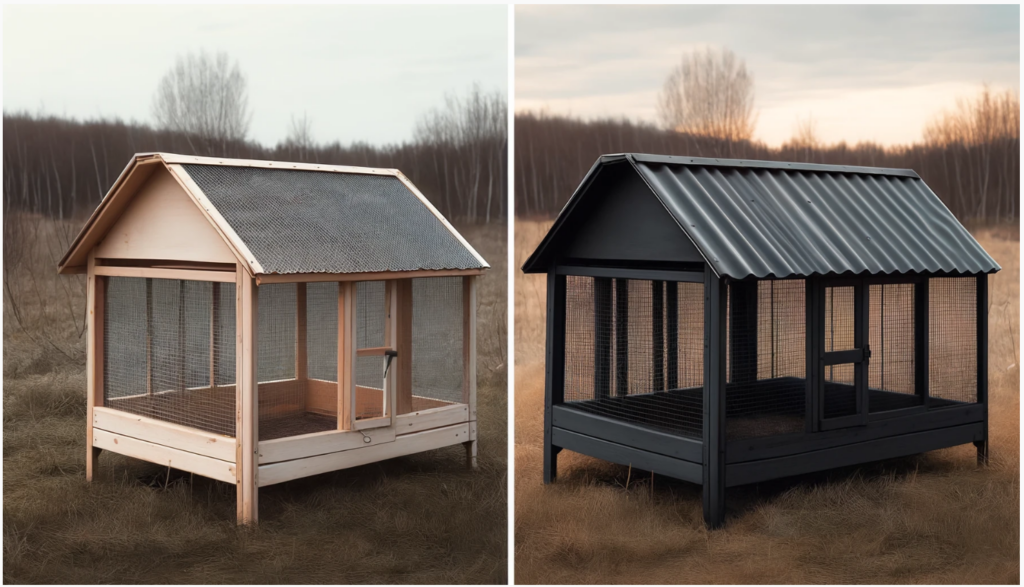
Step 1: Preparing the Mesh
Lay your chicken mesh flat on a protected surface after unrolling it. Make sure the mesh is thoroughly cleaned to remove any dirt, debris, or oils that might hinder the paint’s adhesion.
Step 2: Painting the Mesh
Apply a uniform coat of black paint to the chicken mesh. Use a spray gun to ensure even coverage and to get into all crevices of the mesh. Apply a second coat if necessary to achieve a solid black color after the first coat has dried.
Step 3: Installing the Mesh
Once the paint has dried, the chicken mesh can be installed. Anchor the mesh into the ground with stakes or posts. To maximize its effectiveness as a barrier, pull the mesh taut to prevent sagging.
Tips for Maintenance and Care
Periodic maintenance is necessary to ensure the longevity of your blackout chicken mesh. Maintain the mesh’s invisible effect by checking for signs of wear and damage and touching up the paint as needed. Ensure the mesh is securely attached to its supports and that it hasn’t been compromised by weather conditions or animals.
Ideal for smaller applications, this size offers tighter security against small animals and is often used in crafting and intricate garden work.
A versatile middle-ground option, suitable for a variety of garden and home uses, balancing flexibility and protection.
This larger size is perfect for more extensive fencing needs, such as agricultural enclosures, where broader coverage is required.
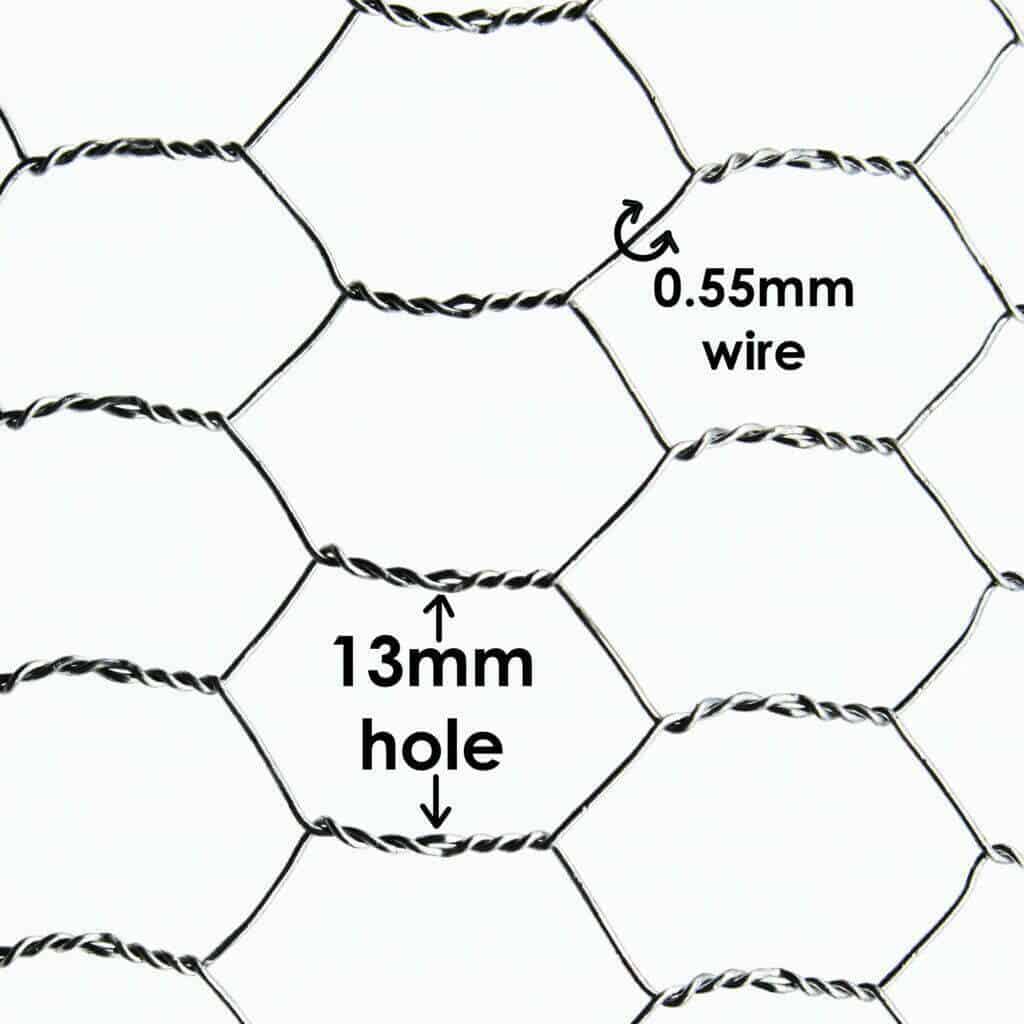
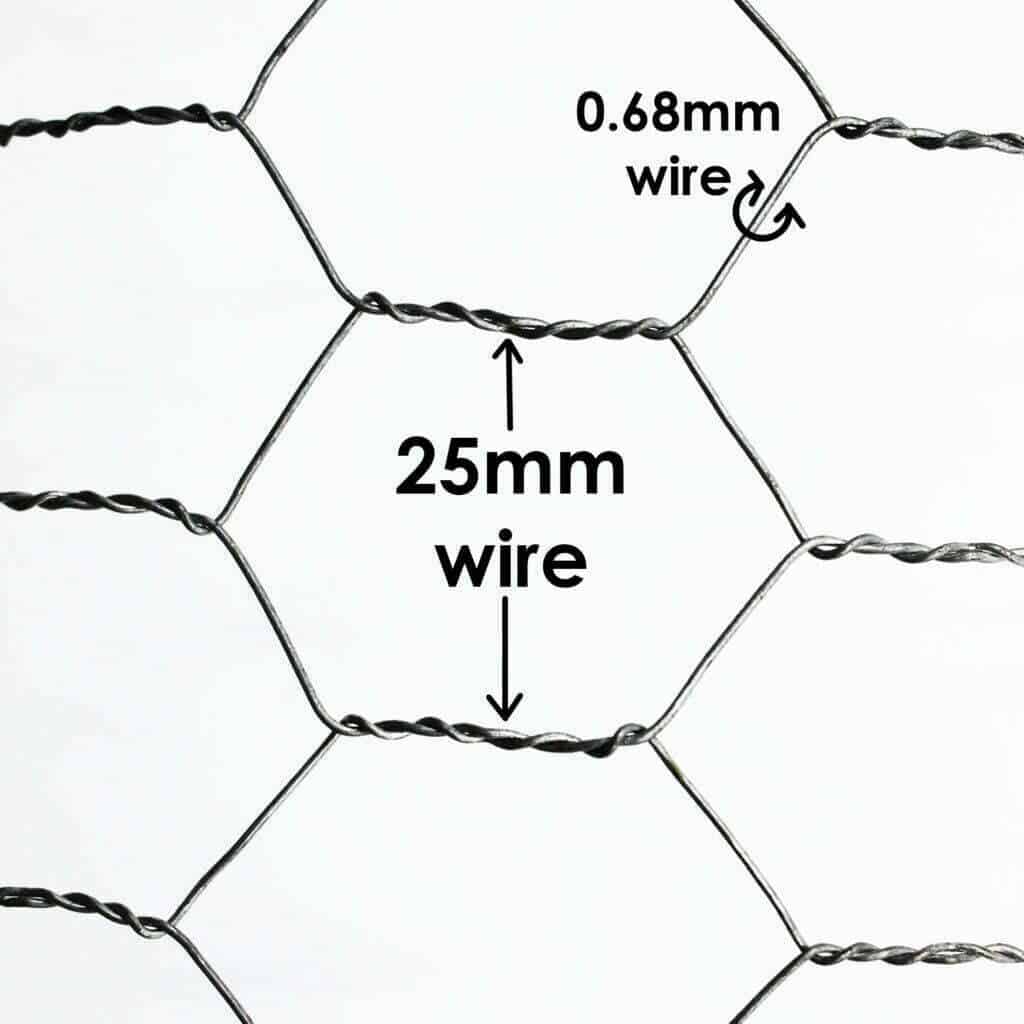
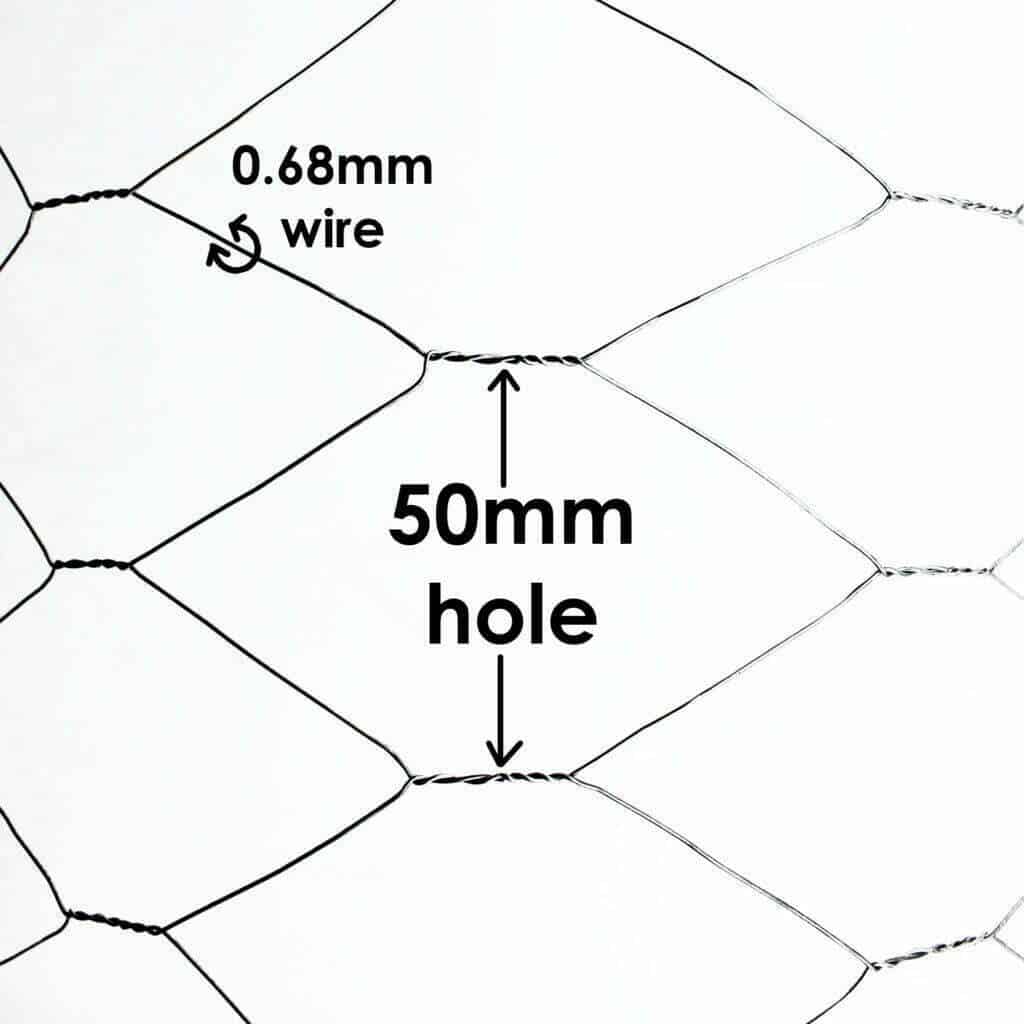
For anyone looking to create effective, nearly invisible barriers in their gardens or yards, blackout chicken mesh is an excellent solution. As well as maintaining the aesthetic integrity of your outdoor space, it is also a cost-effective and versatile option. With this guide, you can install blackout chicken mesh and enjoy an unobtrusive fence that blends seamlessly with its surroundings.
The benefits of blackout chicken mesh are likely to become more widely known as more people discover its benefits. Blackout chicken mesh can enhance the functionality and appearance of your outdoor space, whether you are an experienced gardener or just starting out.
As always, thank you for checking out our blog. We hope that this helps you with your project. We try to launch a couple of new guides every week. Eventually we will have covered everything there is to cover about mesh.
You may be interested in our blog that explores how to build a chicken coop.
Our goal for our blogs and help guides is to answer as many questions as possible to help to explain the possibilities of mesh to our customers.

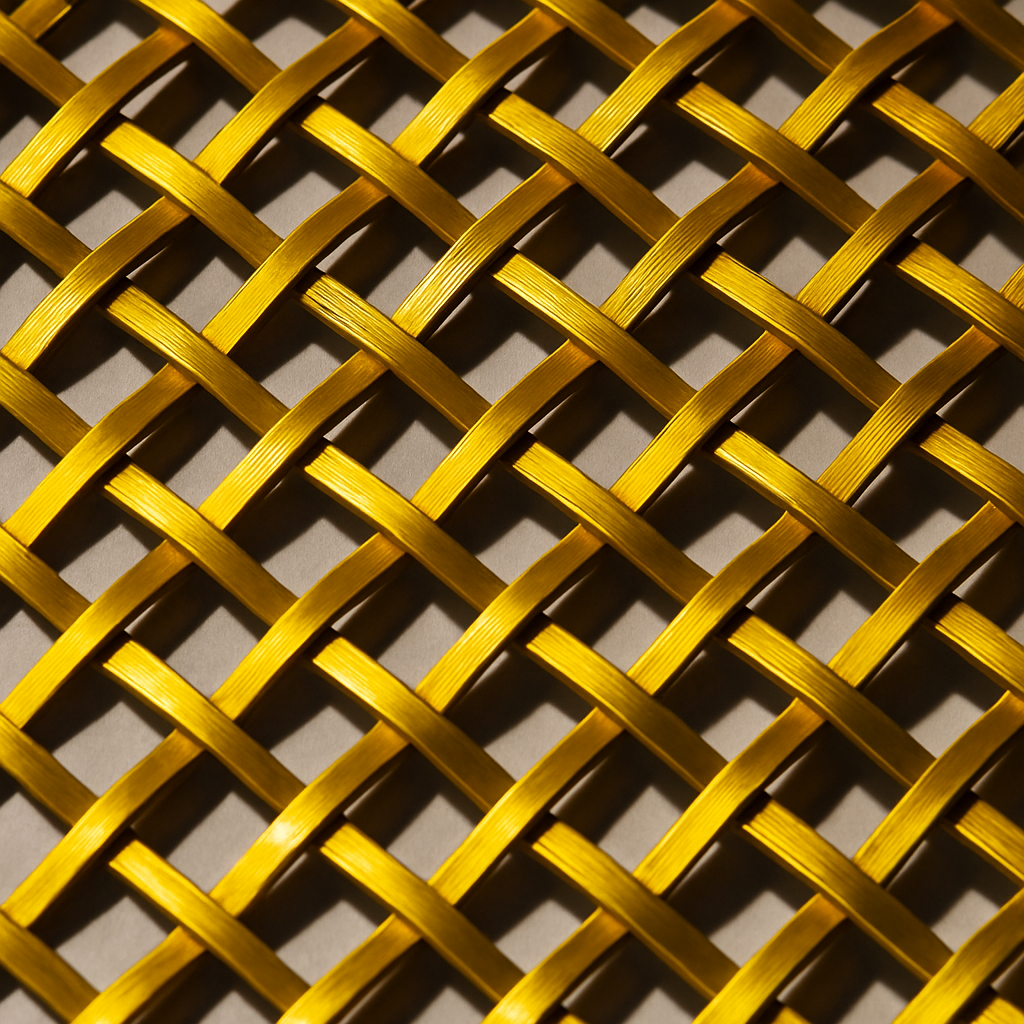
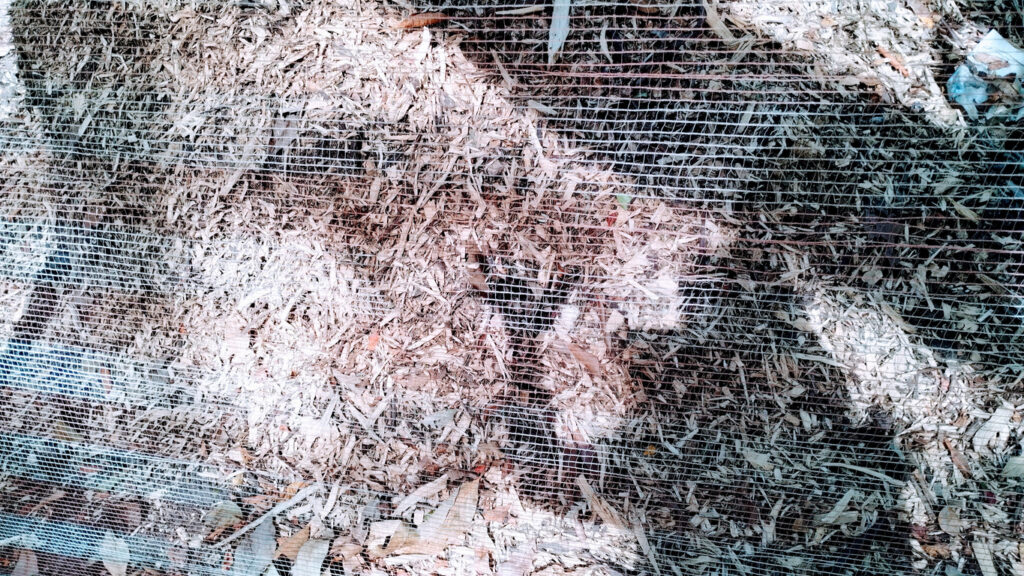
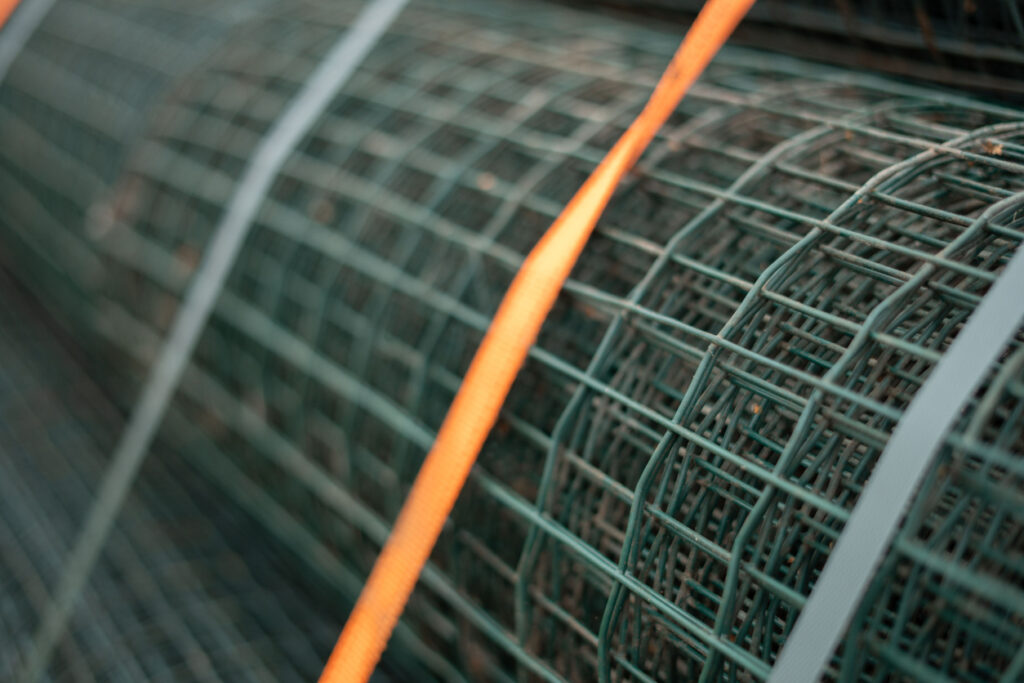
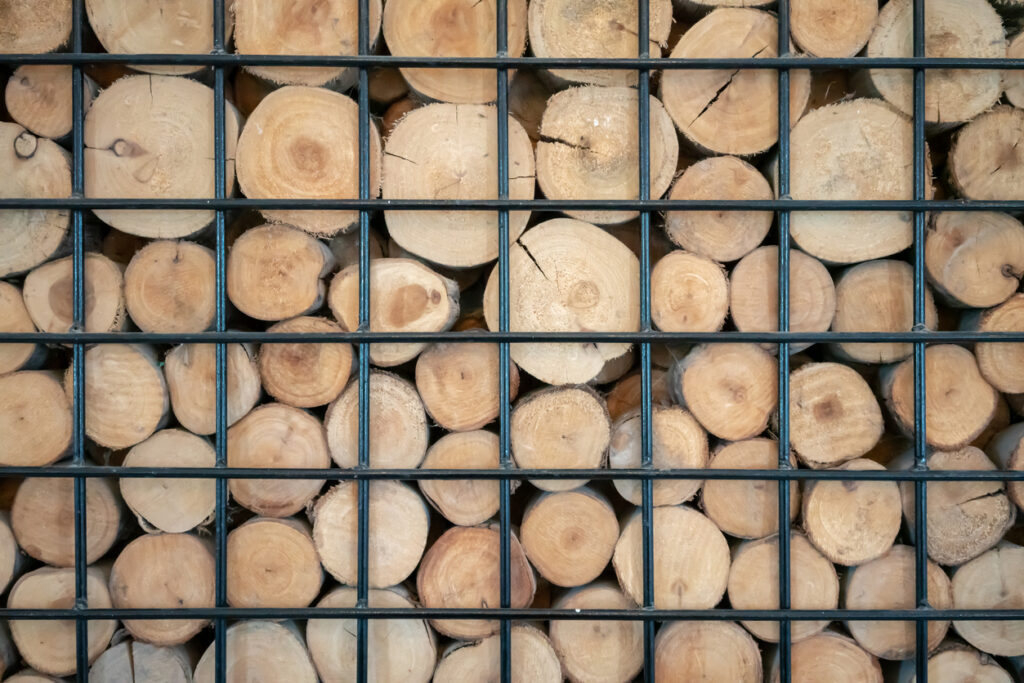
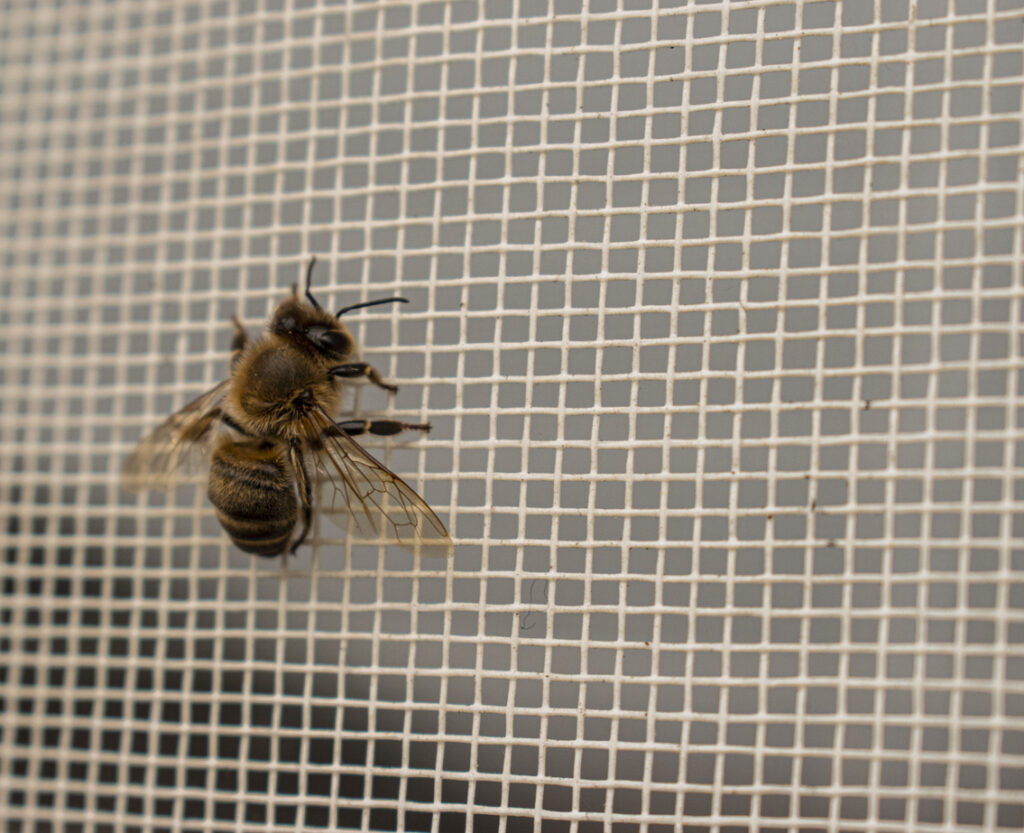
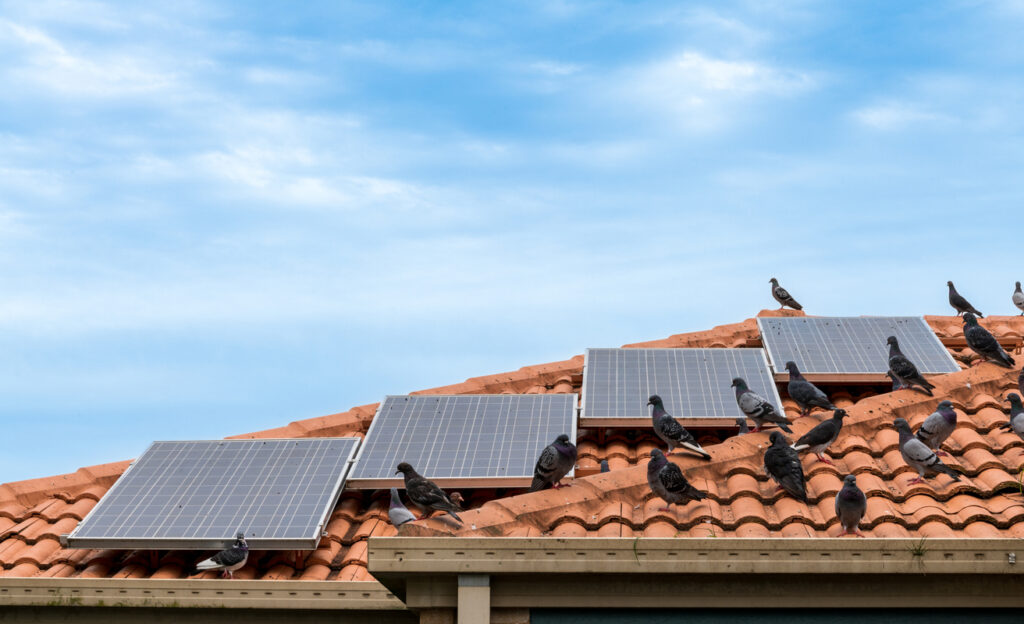
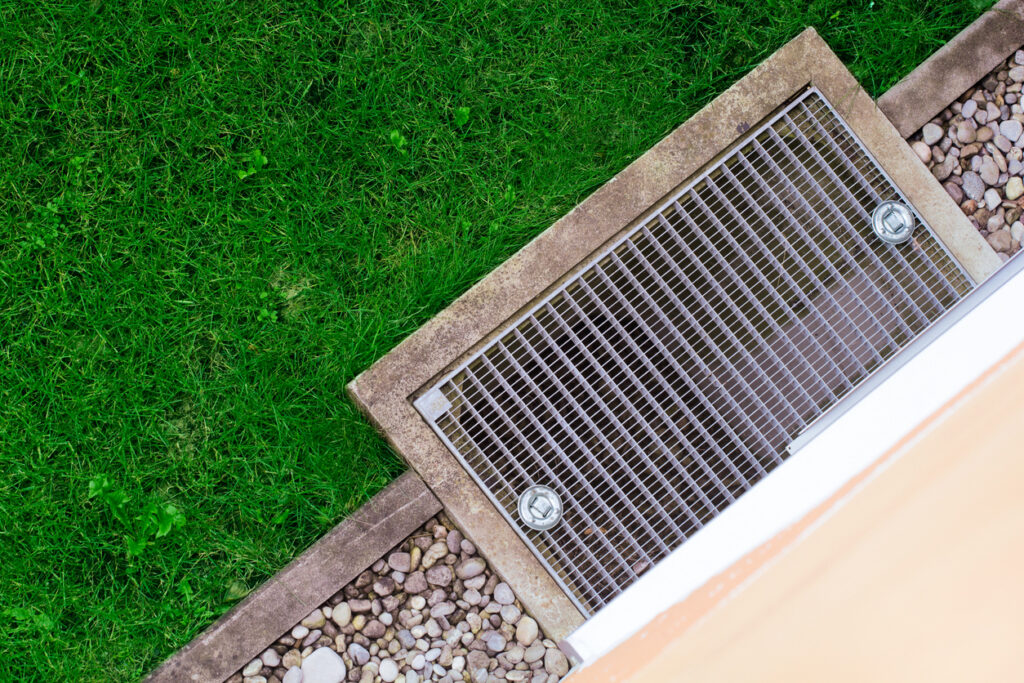
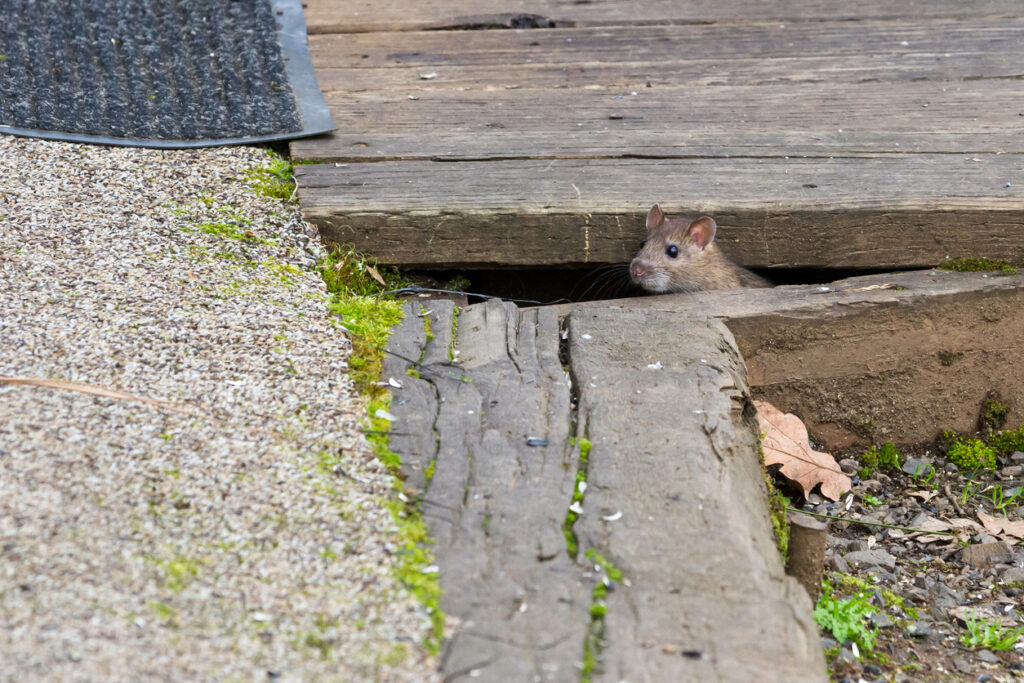
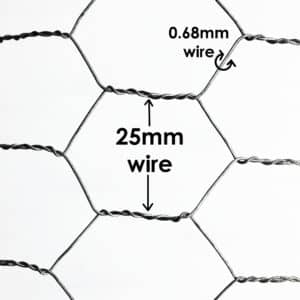
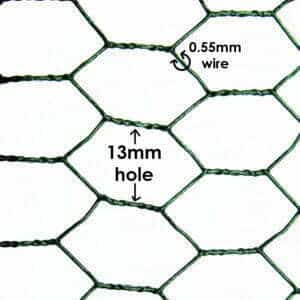
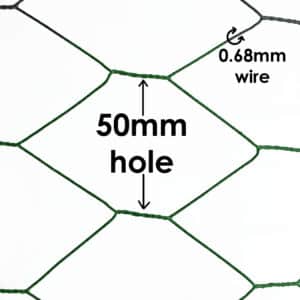
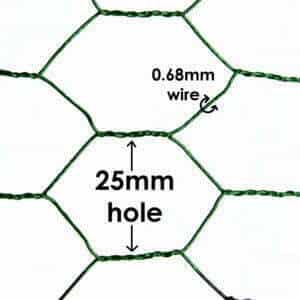
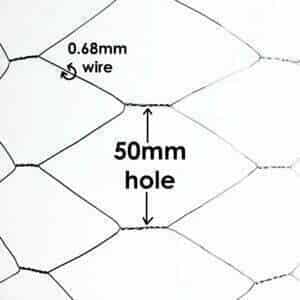
The largest range of wire mesh, chicken wire, wire fencing, woven wire mesh and perforated metal products in Europe, delivered direct from our Warrington warehouse.




Website by: Beech Web Services | Terms and Conditions | Cookie Policy | Privacy Policy | Website Terms and Conditions